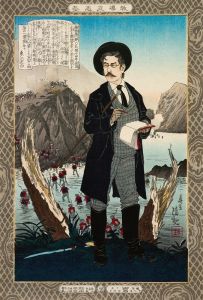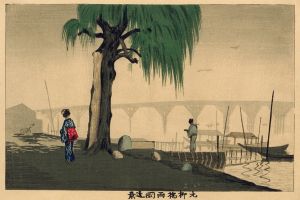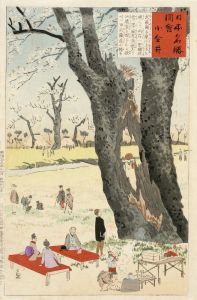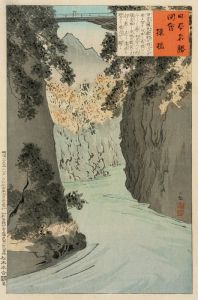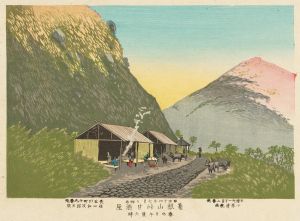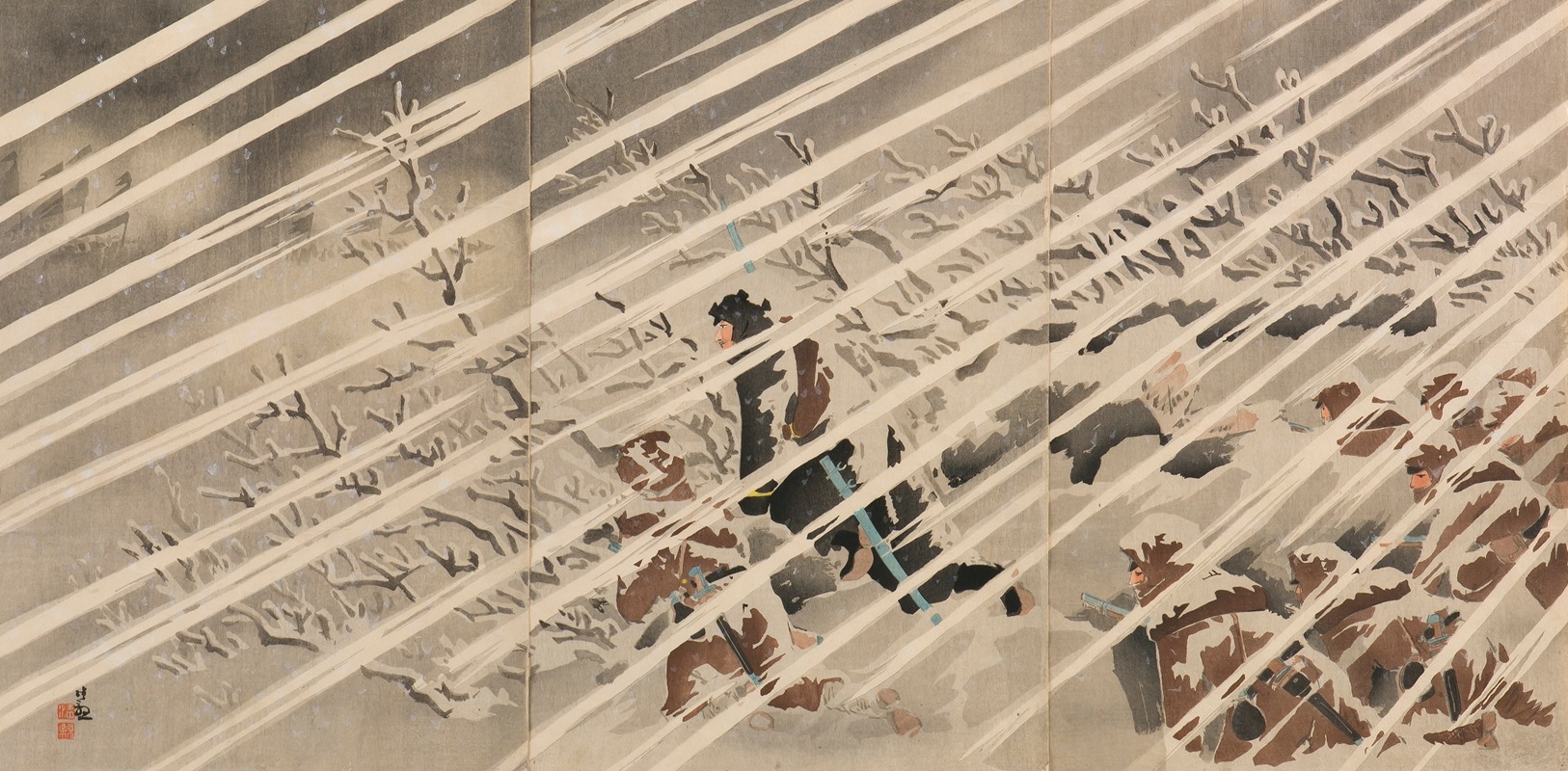
The Attack on, and Occupation of, Tianzhuangtai
A hand-painted replica of Kobayashi Kiyochika’s masterpiece The Attack on, and Occupation of, Tianzhuangtai, meticulously crafted by professional artists to capture the true essence of the original. Each piece is created with museum-quality canvas and rare mineral pigments, carefully painted by experienced artists with delicate brushstrokes and rich, layered colors to perfectly recreate the texture of the original artwork. Unlike machine-printed reproductions, this hand-painted version brings the painting to life, infused with the artist’s emotions and skill in every stroke. Whether for personal collection or home decoration, it instantly elevates the artistic atmosphere of any space.
Kobayashi Kiyochika's woodblock print, "The Attack on, and Occupation of, Tianzhuangtai," is a work of Japanese art that depicts a scene from the First Sino-Japanese War (1894–1895). This conflict was fought between the Qing Dynasty of China and the Empire of Japan over influence in Korea and marked a significant turning point in East Asian history, showcasing Japan's emergence as a modernized military power.
Kiyochika, known for his ukiyo-e prints and his innovative approach to traditional Japanese woodblock printing, created a series of works during the war that illustrated key battles and events. These prints were part of a broader trend in Japan at the time, as artists sought to document and celebrate the nation's military successes. Kiyochika's works often combined traditional Japanese artistic techniques with Western-inspired elements, such as the use of perspective and shading, reflecting the cultural and technological changes occurring in Japan during the Meiji era.
The specific event depicted in this print, the attack on and occupation of Tianzhuangtai, refers to a military engagement during the war. Tianzhuangtai (田荘台) was a location in northeastern China, in what is now Liaoning Province. It was one of the sites where Japanese forces advanced during their campaign in the region. The print likely portrays Japanese troops in action, capturing the intensity and drama of the battle. Kiyochika's use of vivid colors and dynamic composition would have been intended to evoke a sense of patriotism and pride among Japanese viewers.
As with many of Kiyochika's war prints, this artwork served both as a form of propaganda and as a historical record. It was part of a larger effort to disseminate information about the war to the Japanese public, who were eager to follow the progress of their nation's military. These prints were widely circulated and contributed to the popular support for Japan's military campaigns.
While the print provides a visual representation of the event, it is important to note that such works often emphasized the heroism and success of Japanese forces, sometimes at the expense of historical accuracy or a balanced portrayal of the conflict. As a result, they should be viewed as both artistic expressions and cultural artifacts of their time.
Further details about the specific battle or the exact circumstances surrounding the occupation of Tianzhuangtai are not extensively documented in English-language sources, and the print itself may take some artistic liberties in its depiction.





